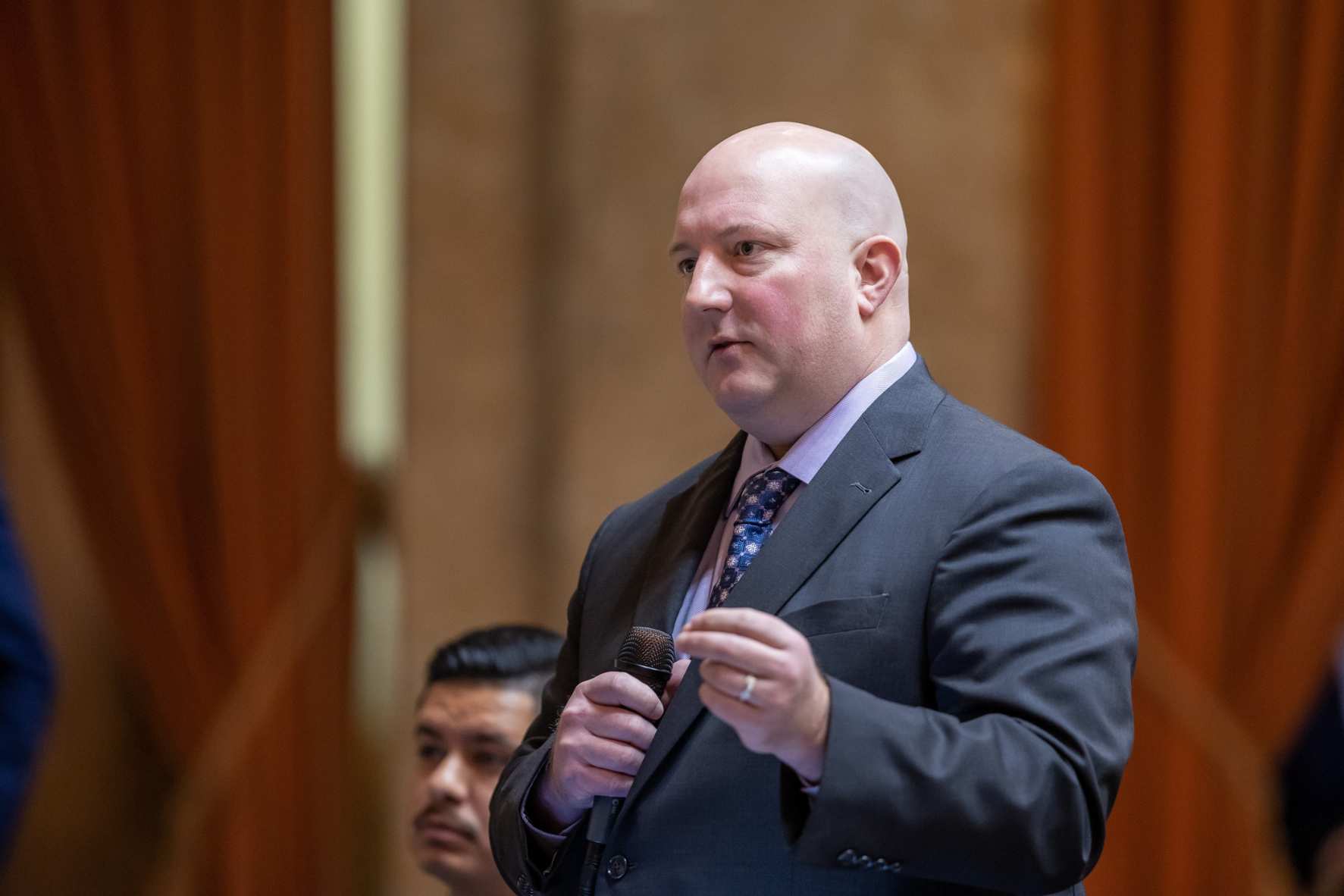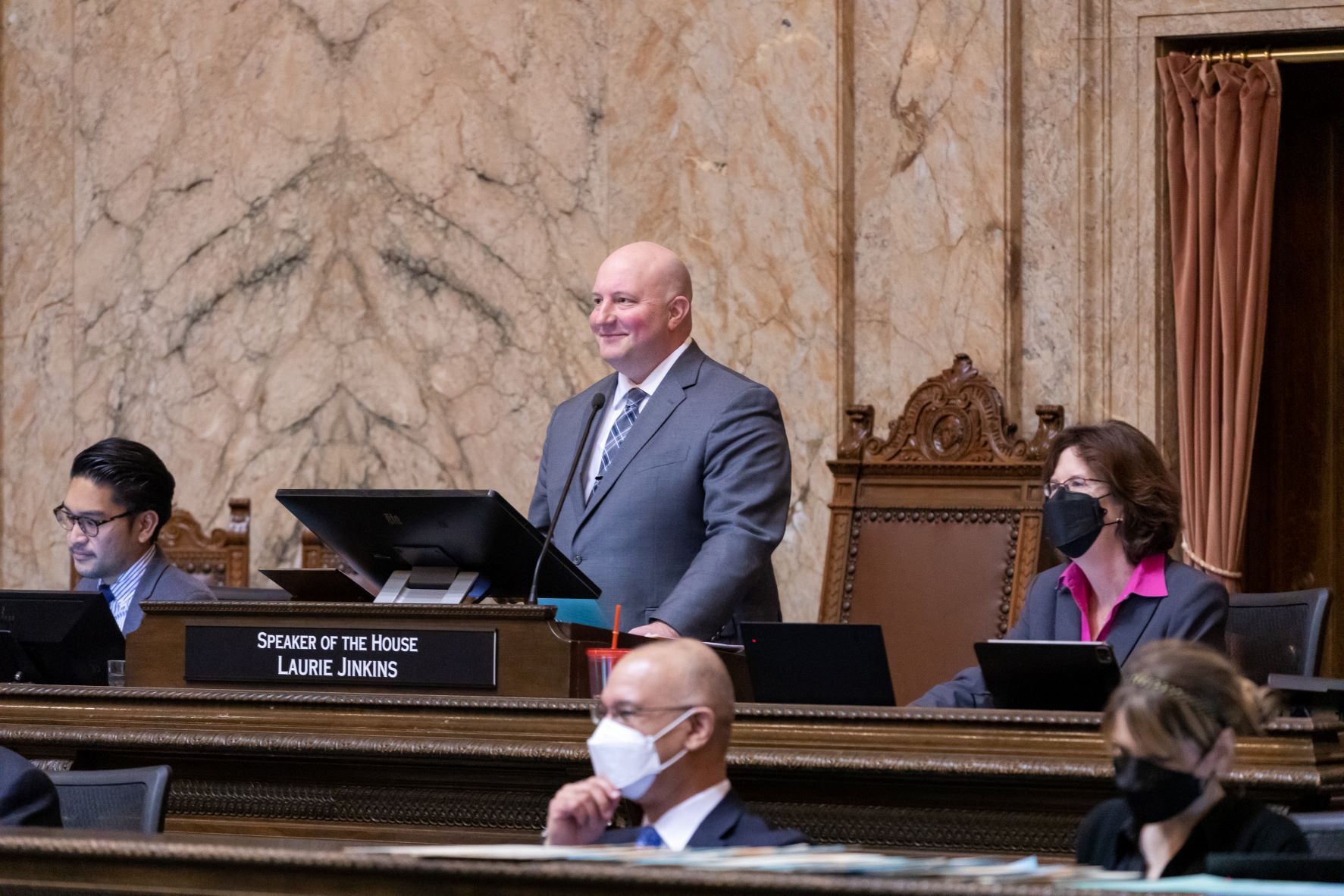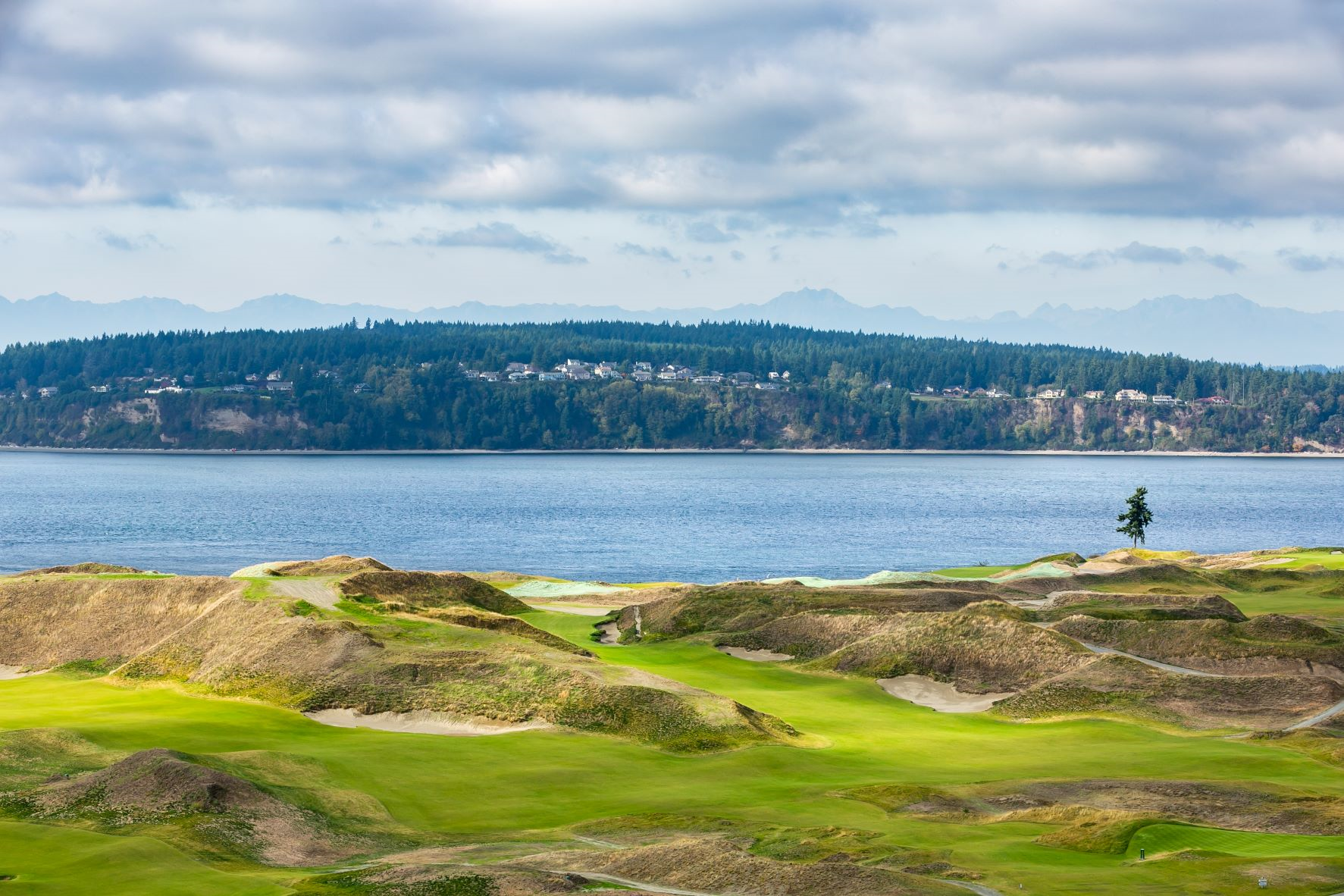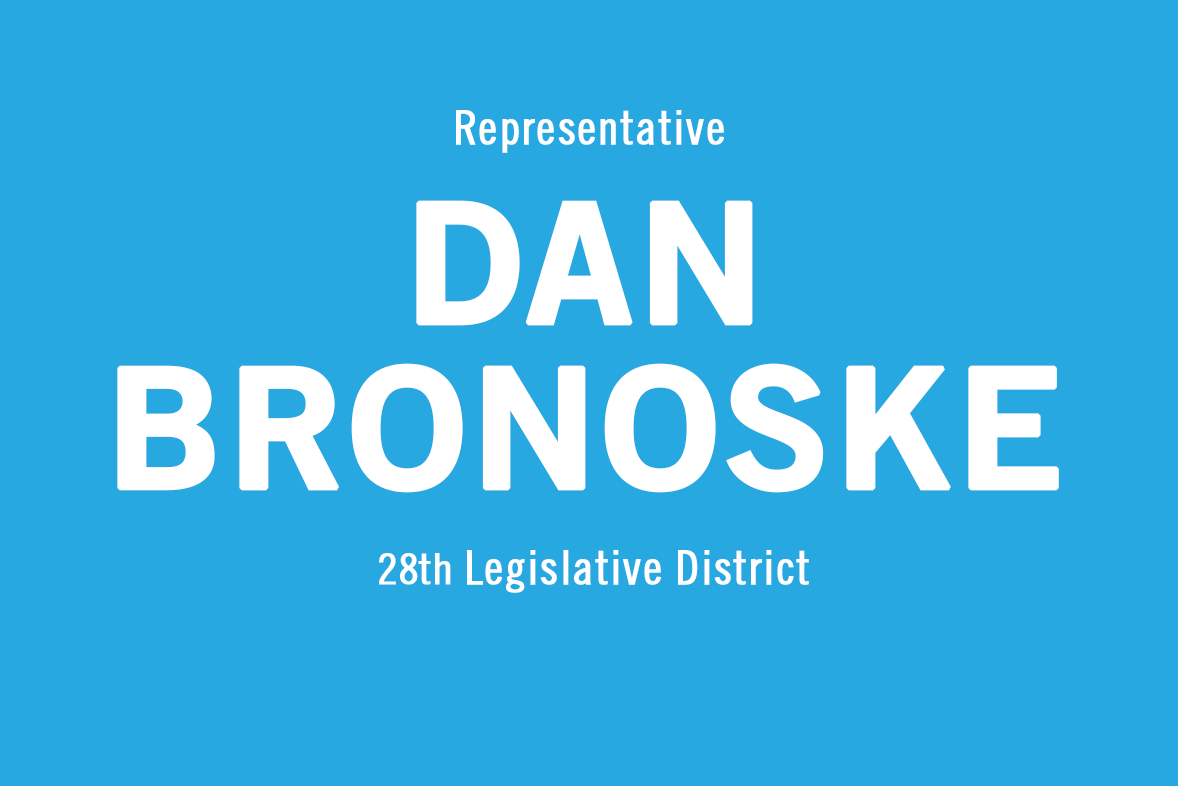Dear Friends and Neighbors,
As a member of the House Transportation Committee, ensuring the free flow of people and goods between Washington and Oregon is an essential part of the job. With the vast majority of the Oregon-Washington border consisting of the Columbia River, building and maintaining bridges is vital to that endeavor. Our states are connected by ten bridges and a ferry and we work in conjunction with Oregon and the federal government to make sure they are properly maintained.
Given bridges importance for travel to all points south of Washington, the Legislature’s Joint Transportation Committee, the bipartisan, bicameral legislative agency that conducts transportation-related studies and other activities to inform legislators and associated staff, organized a three day tour of Columbia River crossings. Read on to learn more about the bridges Washington maintains and our current and future challenges maintaining this awe-inspiring infrastructure.

Astoria and the Lower Columbia

The first stop on our tour was the Astoria-Megler Bridge which connects Washington with Astoria, Oregon. Originally opened in 1966, the Astoria-Megler Bride is the longest continuous truss bridge in North America and was the final portion of U.S. Route 101 to be completed between Los Angeles and Olympia. The bridge was a joint project of the Oregon and Washington Departments of Transportation (ODOT and WSDOT).
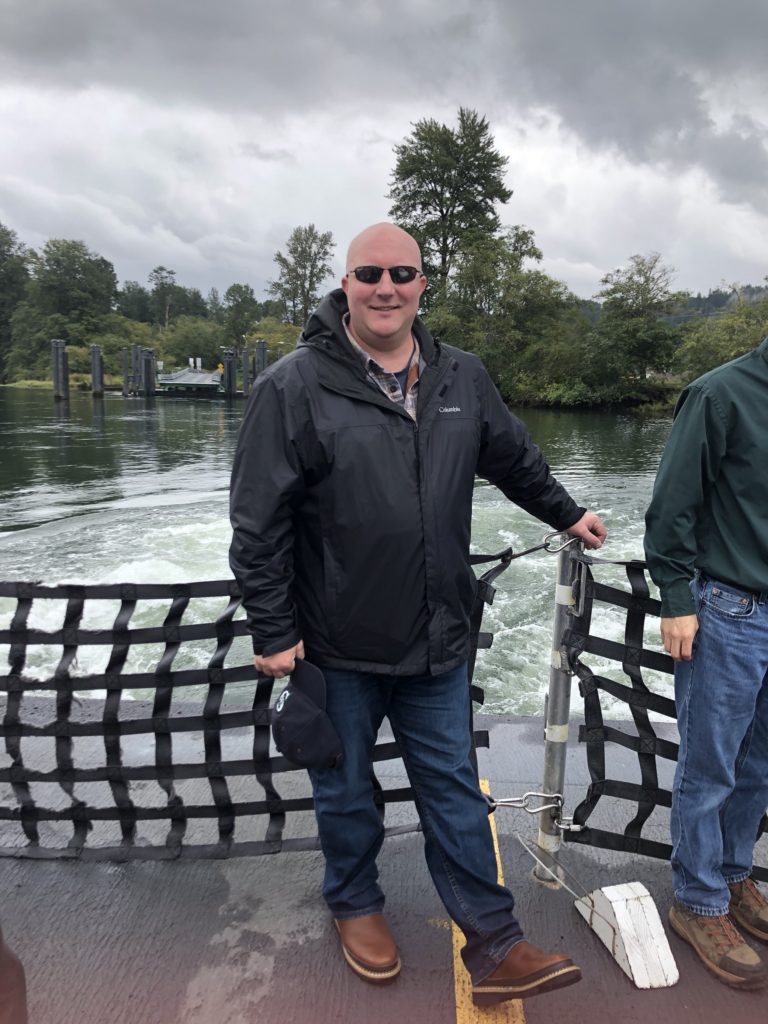
After hearing a presentation on the Astoria-Megler Bridge and crossing into Oregon, we crossed back into Washington on the Oscar B Ferry operated by Wahkiakum County. Open since 1962, it is the only ferry still operating on the lower Columbia. Running from Westport, Oregon to Puget Island, Washington, it is the only way to cross the river between Astoria and Longview and is also a vital connection for the residents of Puget Island. This year, we passed a bill to address the operating and maintenance deficit for the ferry to ensure that this cross state connection remains open.
Columbia River Gorge
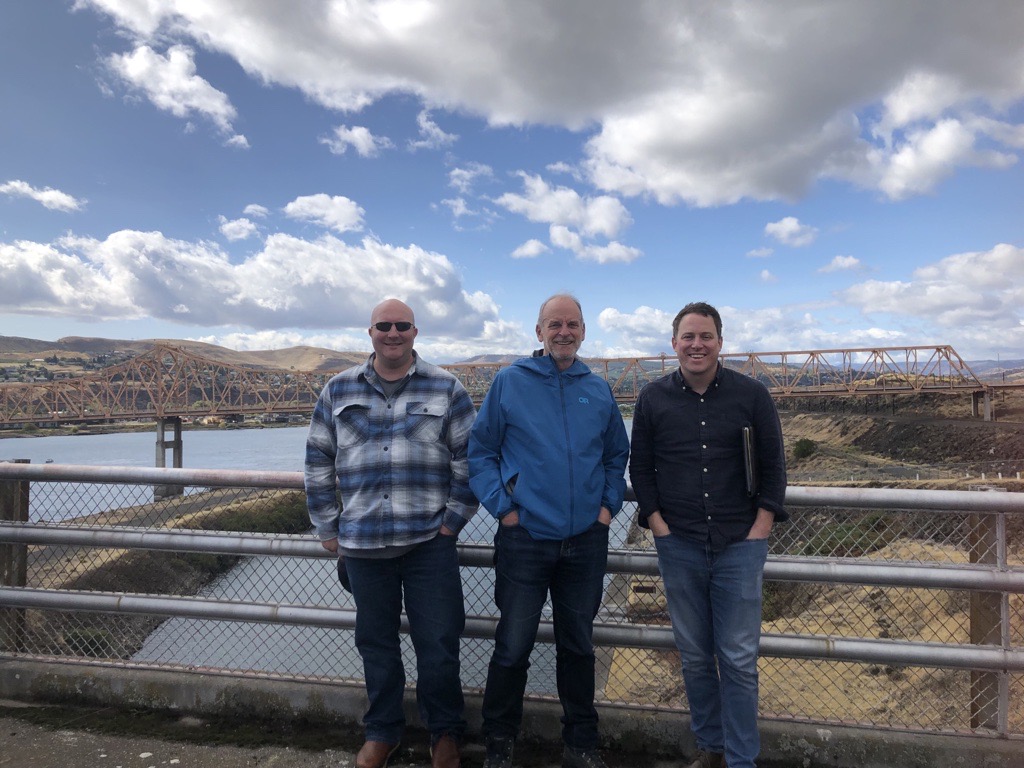
On the second day of the tour, we heard about the extensive cooperation between ODOT and WSDOT. Together they share responsibility for seven of the ten bridges that cross the Columbia. These bridges are nationally and regionally critical to the movement of people and goods and they are essential to the bi-state communities served by them. These communities rely on each other for vital services sharing residential centers, employment centers, industries, educators, first responders, hospitals and health care access, transportation options, food access, and more. Shared state responsibility encourages both states to support border bridge maintenance and capital improvements as top-tier priorities.
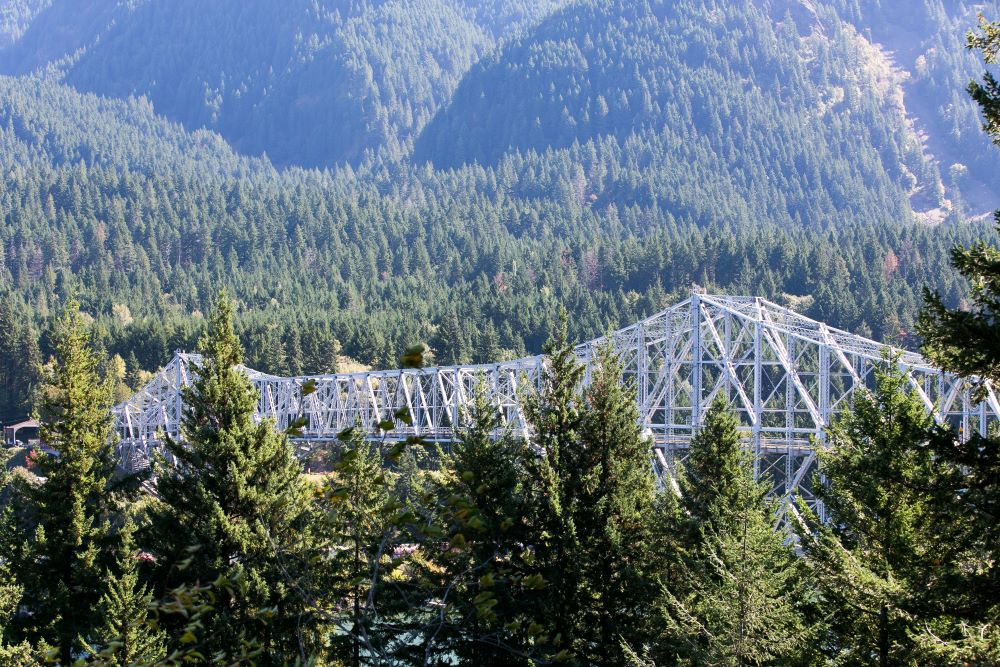
We visited three bridges in the Columbia Gorge region. The Hood River-White Salmon Bridge is slated for replacement. Currently $118 million of the $520 million necessary to complete the project has been secured with Washington contributing the vast majority of that sum. We will continue to work with out partners in Oregon and the federal government to push this project forward. We also visited the legendary Bridge of the Gods, known by through hikers as the Columbia River crossing on the Pacific Crest Trail. I look forward to working with ODOT and WSDOT on ways to make this bridge safer for pedestrians and cyclists. Finally, we took a tour of The Dalles Bridge which connects The Dalles, Oregon with Dallesport, Washington.
I-5 Bridge Replacement

For the final day of the trip we toured the bridge that is top of mind for so many people in the region, the I-5 bridge. With one span of this bridge now over 100 years old, it is at risk for collapse in the event of a major earthquake, and it no longer satisfies the needs of modern commerce and travel. For years, Washington and Oregon have worked in fits and starts to replace it. In 2019, Rep. Sharon Wylie (D-Vancouver) passed legislation to jump start the project. Currently, the project is being run by the Interstate Bridge Replacement Program and is being overseen by eight legislators from both Washington and Oregon.

Officials estimate that it will cost around $6 billion to replace the bridge using a combination of funds from the Washington and Oregon legislatures, the federal government, and tolling revenue. Much of Washington’s funding for the project was included in the historic $17 billion, 16 year Move Ahead Washington transportation package passed in 2022. Oregon allocated $1 billion for the project during the 2023 legislative session. Construction is estimated to begin in late 2025 or early 2026.
If you have comments, questions, or ideas, please contact my office. I hope to hear from you soon!

